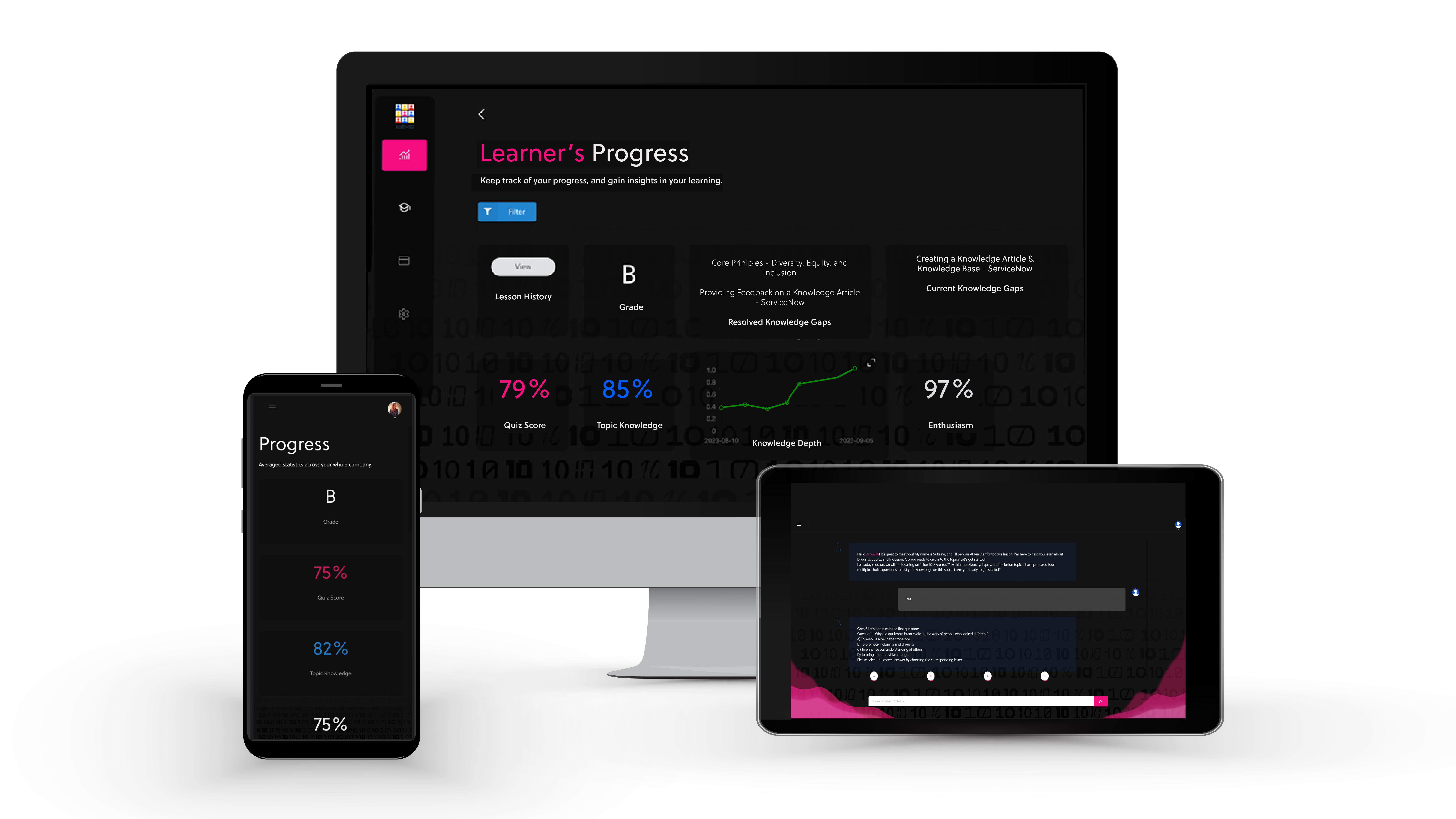In a world where knowledge equals power, many staff feel that holding on to their specialised knowledge helps to protect their worth, but the reality is that their reluctance to share what they know has a negative impact on both the individual and the organisation they work for too. Working in silo restricts the employee’s ability to contribute, innovate and add value to their work tasks, and ultimately it can lead to isolation and low morale, all of which impact the business.
A recent study showed that 86% of employees believe poor collaboration and lack of communication are the main causes of workplace failures¹. Working in silo harms output levels. When employees aren’t aware that information exists or is available in the business, they spend time searching for it or writing it themselves. Productivity is clearly affected, and work is often duplicated. Of course, if everyone is writing their own content then it won’t be consistent, and the factual aspects will be diluted or lost; so, there is no single source of truth for all to refer to.
Organisations need to cultivate an ethos that helps staff to share knowledge and understand that this makes them more relevant and not less. This will have the added benefit of creating learning opportunities within the flow of work when content and know-how is shared during a work task. It’s important that existing business content is not only consistent and accessible but applied too. Think about all the digital content in your company that isn’t being used from policies to handbooks to courses… that needs to change.
Research has shown that many companies struggle with the basics of knowledge management. A Deloitte study showed that only 36% of respondents linked knowledge with action to drive value and less than 43% made the connection between knowledge sharing and developing effective new products, services, or solutions².
When we think about knowledge management it’s more than just organising content and providing tools and systems to promote sharing and breaking down silos, it’s about delivering knowledge to the right people at the right time and empowering people to use that knowledge to work efficiently and make informed decisions.
If we think about learning, traditional corporate digital learning is often seen to be ineffective. One of the key reasons why it doesn’t work is it’s not differentiated to suit learning needs. An article by Leanscape stated that the problem with corporate training is that employees forget the information very quickly because the training does not directly relate to the current challenges, issues, and skill gaps that teams are facing³.
Artificial Intelligence (AI) can optimise how employees access business content, know-how and learning.
AI can help to give knowledge real application, so it becomes something valuable. We can use AI to replicate the activities of a teacher in assessing understanding and identifying knowledge gaps that an individual has, so we can then address them with the right content – which can be signposted clearly for the individual. Content would be vectorised or labelled so it is effectively indexed and can be pulled from a Knowledge Base and utilised at the identified point of need. If we can do this for each member of staff, and scale this up, then the organisation benefits, as know-how and learning become woven into the fabric of daily tasks and are differentiated for each person.
We can use an AI tool to collate data and map the skills and knowledge gaps and strengths not only of an individual but aggregate the data to show what a team, department, region, or organisation know and what they don’t know, which gives an organisation access to their business capability. This data can then be used for resource management where such details can help you to identify experts or skilled people for key projects or promotions. Understanding the capabilities of all staff can ensure a business has the skilled people needed to realise the business vision.
An AI tool would be continuously and proactively seeking knowledge gaps and addressing them, as well as reporting on the success achieved.
Productivity would improve as less time would be spent searching for content. Collaboration and communication would improve as a digital tool facilitates knowledge exchange across key areas and regions. Consistent ways of working and best practices would emerge.
We have developed subrina AI which works to improve how staff access knowledge and learning. It can assess and identify knowledge gaps and address them using natural conversation, or signpost to existing content including Standard Operating Procedures (SOPs), polices, handbooks, Code of Conducts… Our AI has been shown in a recent study to be 98% effective in responding to any query or question⁴.
So how does it work?
subrina AI boasts a state-of-the-art architecture, integrating a multi-dimensional vector embedding memory bank (referred to as the Knowledge Base) with a sophisticated Large Language Model (LLM) that employs a Transformer Architecture, via context augmentation.
When we insert content to build a secure Knowledge Base for an organisation, an in-built query detection system identifies input, which undergoes an initial model inference for refining the query. Post this, pertinent sentences are fetched through a Cosine Similarity derived algorithm that emphasizes precision (especially compared with common Approximate Nearest Neighbour (ANN) algorithms) and scans the entirety of the vector embedding memory entries relating to the same topic.
subrina AI can scan and match an approximate 800,000 vectors in less than 10 seconds. This process allows it to comprehensively review the source material, discern what’s pertinent to the given query, and promptly return relevant extracts within this time.
This acquired knowledge is then embedded into the original context, after which the newly modified input is channelled into the LLM for inference, facilitating increased factual accuracy and relevance during natural language processing and response generation. In the realm of AI-driven Natural Language Processing (NLP) and chat-style interaction, factual accuracy is paramount.
We need to add the human element back into digital knowledge and learning experiences to enhance how they work and improve the impact they have on employees. We need to encourage an ethos of knowledge sharing and learning and disseminate consistent and existing content more effectively.
It’s time to integrate knowledge and learning within the flow of workplace tasks for the good of the business, productivity, and profitability – but even more importantly for the good of staff, their development and morale.
1 = The dangers of working in silos (and how to avoid them) | RingCentral
2 = Knowledge management strategy | Deloitte Insights
3 = Why Corporate Training Programs Fail | How Problem-Solving Works (leanscape.io)
4 = see our whitepaper here https://subrina.ai









